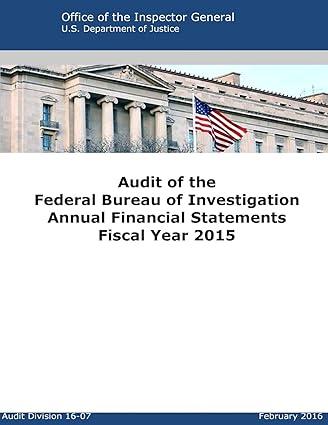Question
. In the absence of the tax credit, a typical worker can work up to 5000 hours in a year with wage rate $10/hour. The
. In the absence of the tax credit, a typical worker can work up to 5000 hours in a year with wage rate $10/hour. The Earned-Income Tax Credit (EITC) grants the worker a credit of 50 percent on labor earnings as long the worker earns less than $10,000. The credit is capped at $5,000. The worker receives this maximum amount as long as he/she earns between $10,000 and $15,000. If the worker earns more than $15,000, the $5,000 credit decreases by 20% of the difference between actual income and $15,000.
1) What is the annual income when the tax credit decreases from $5,000 to zero?
2) Draw the workers original budget line and the budget line under the EITC with proper numbers labelled.
3) For workers who will join the labor market due to EITC, find the range of their reservation wage rates.
4) For workers who originally earn less than $10,000 per year, how does EITC influence their labor supply, i.e. work hour? Explain with proper figure.
5) For workers who originally earn more than $10,000, and less than $15,000, how does EITC change their labor supply, i.e. work hour? Explain with proper figure.
. In the absence of the tax credit, a typical worker can work up to 5000 hours in a year with wage rate $10/hour. The Earned-Income Tax Credit (EITC) grants the worker a credit of 50 percent on labor earnings as long the worker earns less than $10,000. The credit is capped at $5,000. The worker receives this maximum amount as long as he/she earns between $10,000 and $15,000. If the worker earns more than $15,000, the $5,000 credit decreases by 20% of the difference between actual income and $15,000.
1) What is the annual income when the tax credit decreases from $5,000 to zero?
2) Draw the workers original budget line and the budget line under the EITC with proper numbers labelled.
3) For workers who will join the labor market due to EITC, find the range of their reservation wage rates.
4) For workers who originally earn less than $10,000 per year, how does EITC influence their labor supply, i.e. work hour? Explain with proper figure.
5) For workers who originally earn more than $10,000, and less than $15,000, how does EITC change their labor supply, i.e. work hour? Explain with proper figure.
Step by Step Solution
There are 3 Steps involved in it
Step: 1

Get Instant Access to Expert-Tailored Solutions
See step-by-step solutions with expert insights and AI powered tools for academic success
Step: 2

Step: 3

Ace Your Homework with AI
Get the answers you need in no time with our AI-driven, step-by-step assistance
Get Started


